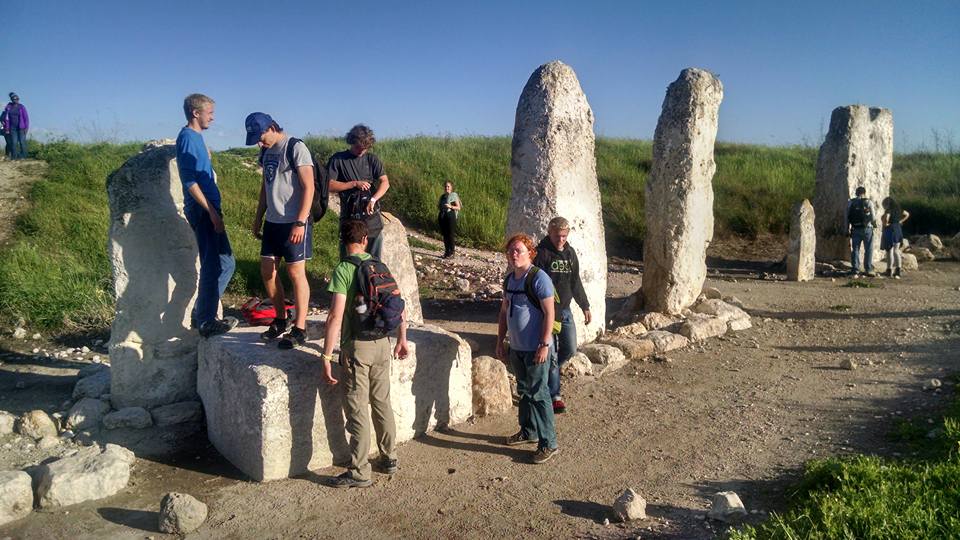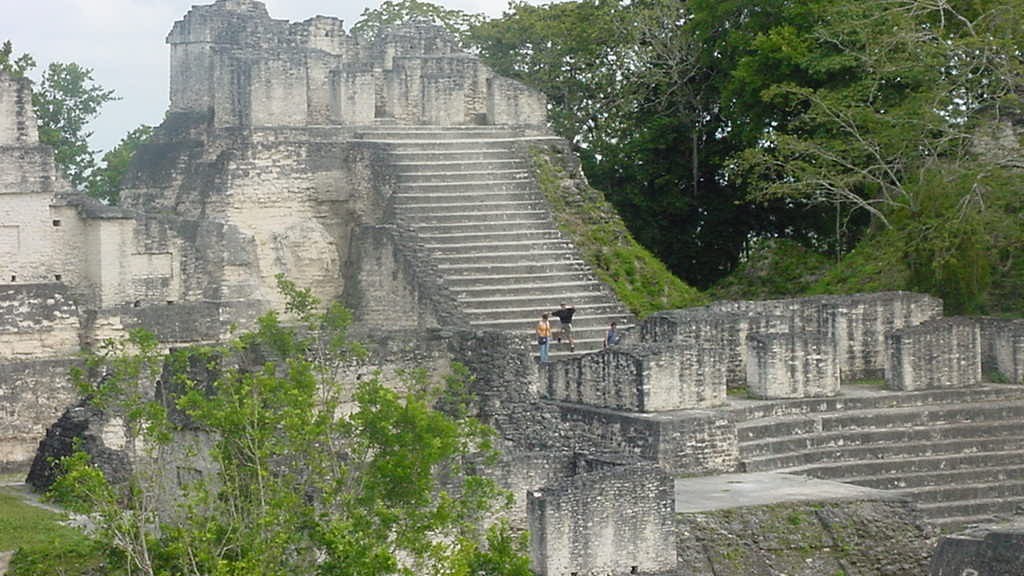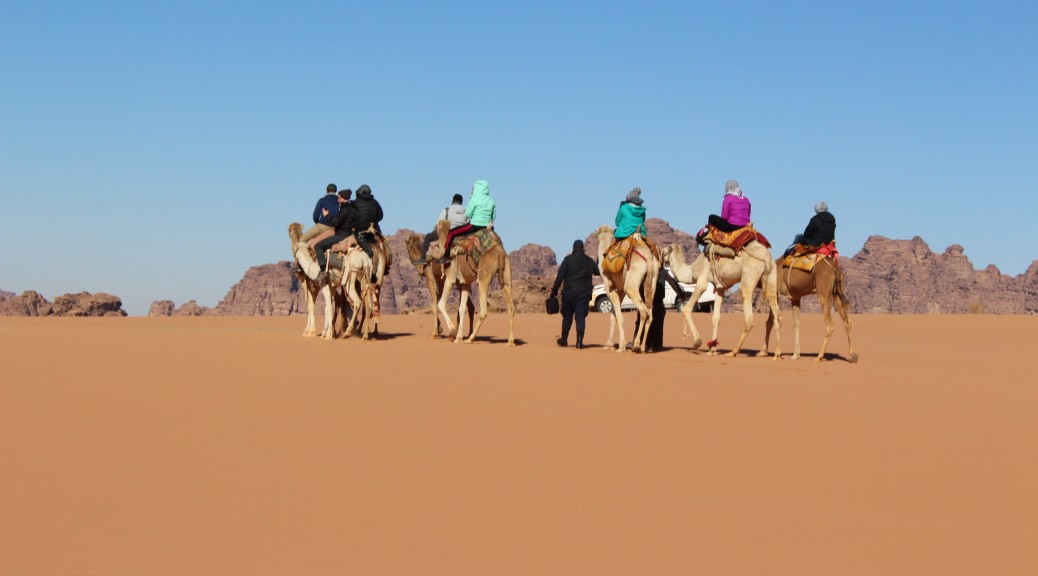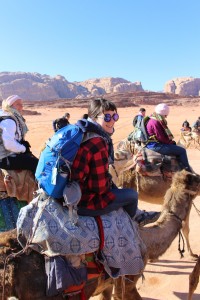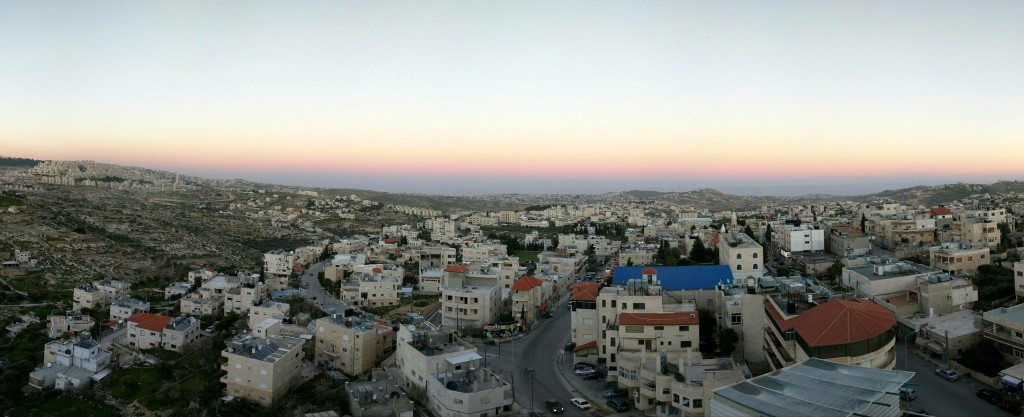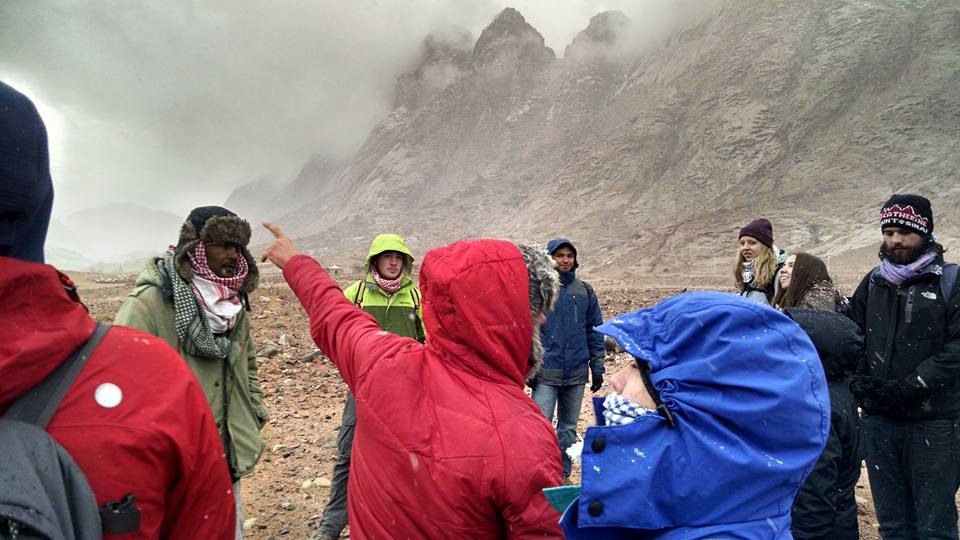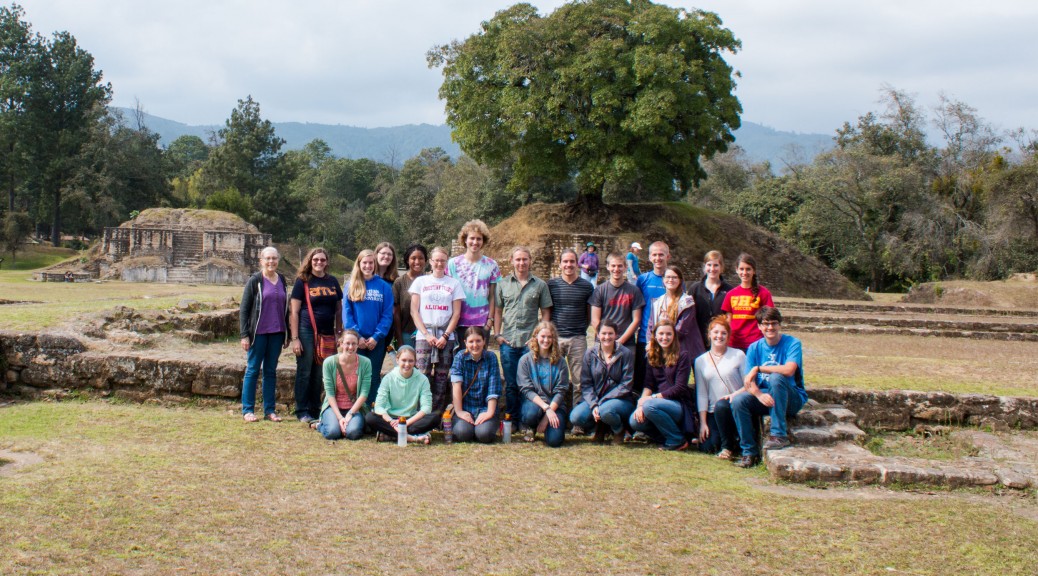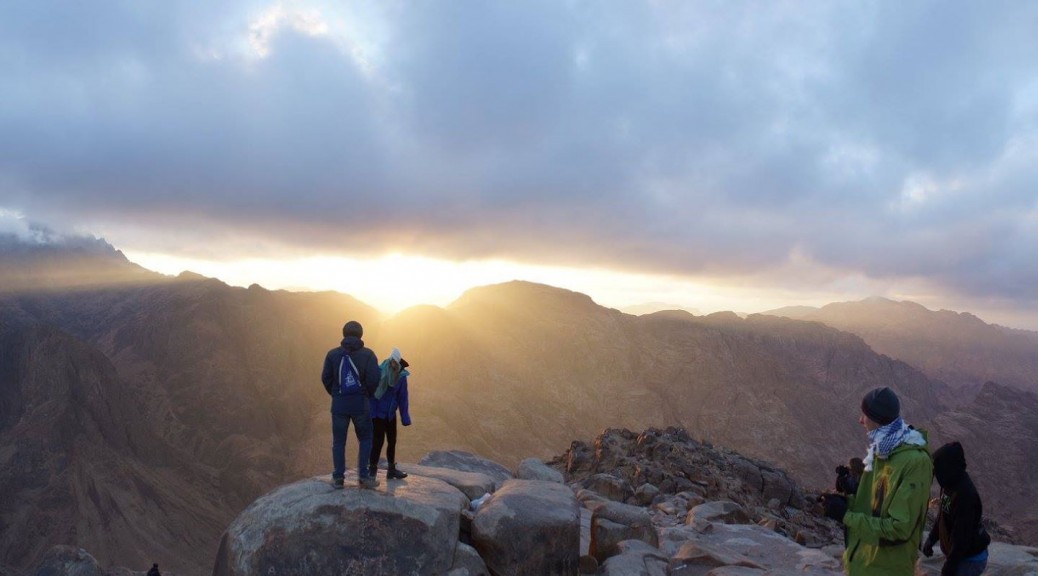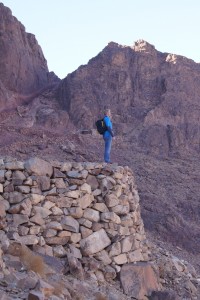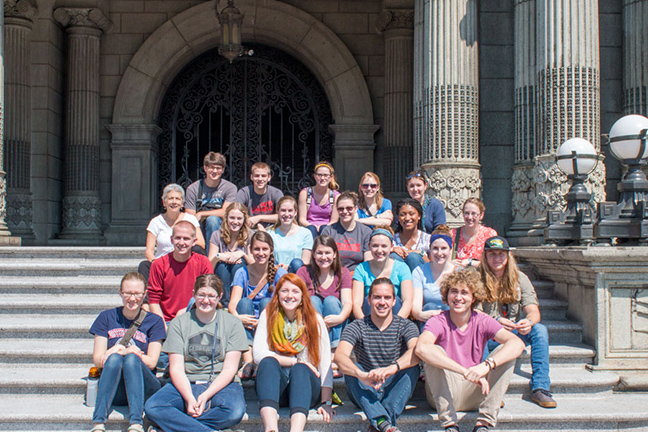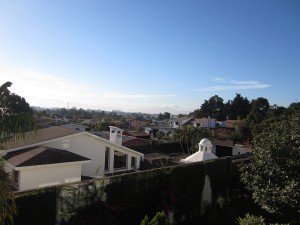Monterrico
For free travel, the 7 of us, Sarah, Janae, Jess, Stephanie, Josh, Joel, and Josiah went to Monterrico, Guatemala. We took chicken busses, the metro, a lancha (a boat), and a van to get there. We stayed in a resort called Villa Los Cabos,  a 20-minute drive from town. While we were there, our mode of transportation was 16 passenger vans that passed every 20 minutes and rarely had less than 25 people in them. Our days were filled with playing games, lounging by the pool, walking along the black sand beach, and taking trips into town.
a 20-minute drive from town. While we were there, our mode of transportation was 16 passenger vans that passed every 20 minutes and rarely had less than 25 people in them. Our days were filled with playing games, lounging by the pool, walking along the black sand beach, and taking trips into town.
One day we took a mangrove tour and learned about the protected mangroves and endangered species around Monterrico. More specifically, we learned about the turtle population problem and the efforts that Monterrico takes to protect the turtles. One of our favorite things was the small town feel. By the end of the week, people knew who we were, where we were staying, what we had done, and where we were going next. It sounds creepy, but it was cute. For our final day, the girls went to Antigua to explore the city and the guys went to Amatitlan and took a tour of the lake. Here’s some stats from our week:
# of games played 28
# of people fit into a 16 passenger van 40
# of people sunburned 7
# of jars of peanut butter eaten 7
# of people who wrote Kate’s name for fish bowl 4
# of times the 7 of us watched a movie on an Ipod 1
# of almost fatal blows to the head 3
# of people fit in a double bed 7
# of mopeds almost bought 1
# of eggs eaten 78
# of tiendas visited to get groceries 19
# of times the electricity went out while watching a horror movie 13
# of times Jess killed ants with various cleaning supplies
# of times we went stargazing 4
# of times Josiah scared us by sneezing – too many
# of mangroves climbed 1
# of people seen on average each day at our resort 2
-Sarah Rush
Belize
For our free travel week, we spent a week in two different parts of Belize. For the first 3 days we stayed in Punta Gorda with relatives. We got to experience the small town life, explore the
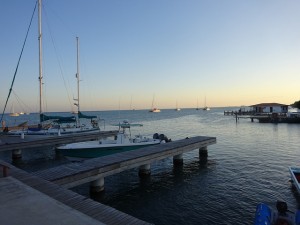
beautiful seaside town, and visit a local chocolate farm. We also spent some time learning how to make typical corn and flour tortillas with our lovely host mom and learn stick from our host brother.
On Monday we headed to Placencia, Belize. We spent 3 days there on the beach exploring the beautiful island. It was a very relaxing and refreshing break from classes and Guatemala City.
-Emily Augsburger, Liza Brenneman and Jen Kuhns
Hopkins, Belize
On Saturday, March 5, 2016 we woke up at 4:00 a.m. to catch a taxi to the bus station to start our journey to Hopkins, Belize. After 7 hours on the bus we arrived in Puerto Barrios, Guatemala. We then took a water taxi across the Caribbean Sea in order to reach Punta Gorda, Belize. Upon arriving in Punta Gorda we were supposed to take another bus in order to reach Hopkins. However, we quickly realized that, despite what we were told, there were no more buses running that day. Therefore, we asked someone how else we could get to Hopkins. Our options included: staying in Punta Gorda for one night, hitch hiking, or paying a hefty price to take a taxi all the way to Hopkins. After little deliberation we decided to take the taxi and arrived at our hotel at about 5:30 in the evening.
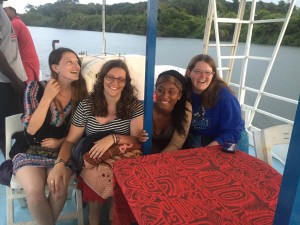 We started our week with a boat tour and dinner that ended in a lagoon where we saw bioluminescent plankton. Kate and Sarah sat with their feet in the water while Alexa and Rachel jumped in.
We started our week with a boat tour and dinner that ended in a lagoon where we saw bioluminescent plankton. Kate and Sarah sat with their feet in the water while Alexa and Rachel jumped in.
The next night we went out to dinner at a local restaurant where there was also live Garifuna music. We learned more about the culture and style of drumming while at the restaurant. On the following day we continued to explore the town. Alexa volunteered at the local school, Kate and Sarah explored the local library, and Alexa and Rachel visited a river and a local chocolate factory. On our final day in Hopkins, Rachel and Kate went snorkeling in the second largest barrier reef in the world and Alexa and Sarah went to Mayflower Bocawina National Park to zip line for a total of 2 1/2 miles.
On Friday, March 11 we left at  6:30 a.m. to start traveling back to Guatemala City. We actually managed to catch a bus back to Punta Gorda where we ran into the other EMU group that also went to Belize. We then traveled together until we reached Guatemala City at 9:30 p.m. Our total travel time (to and from Belize) was around 25 hours! It was a great week for all of us that was filled with laughter, adventure, and relaxation.
6:30 a.m. to start traveling back to Guatemala City. We actually managed to catch a bus back to Punta Gorda where we ran into the other EMU group that also went to Belize. We then traveled together until we reached Guatemala City at 9:30 p.m. Our total travel time (to and from Belize) was around 25 hours! It was a great week for all of us that was filled with laughter, adventure, and relaxation.
-Alexa, Kate, Rachel, and Sarah
The Peanut Butter Travels
We came to Guatemala to adventure into the unknown and to travel and stray from the beaten path. What we found this past week was what we were looking for, and so much more. We wanted to see as many parts of Guatemala’s vast diversity as possible: mountains, jungles, rivers, and beach. We were ready for whatever the journey entailed. After researching the Cahabón river area- potential sites to see and hostels along the way, we packed our giant tub of peanut butter and bread (that became almost immediately squished) and set out for just that.
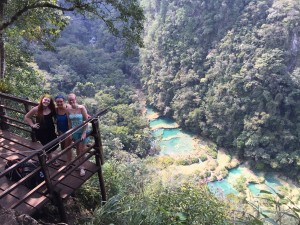 We soon realized upon our exit from Coban that we were saying goodbye to our initial travel privileges of paved roads. From this point on we traveled by shuttle, pick-up, tuk tuk, lancha (ferry), kayak, and taxi. We went spelunking, swam in the crystal turquoise pools of Semuc Champey, jumped off of things that we probably shouldn’t have, hiked through Mayan Q’eqchi’ jungles, explored caves by candle light, kayaked the Río Dulce, learned about jungle herbs and medicinal plants,
We soon realized upon our exit from Coban that we were saying goodbye to our initial travel privileges of paved roads. From this point on we traveled by shuttle, pick-up, tuk tuk, lancha (ferry), kayak, and taxi. We went spelunking, swam in the crystal turquoise pools of Semuc Champey, jumped off of things that we probably shouldn’t have, hiked through Mayan Q’eqchi’ jungles, explored caves by candle light, kayaked the Río Dulce, learned about jungle herbs and medicinal plants, observed the chocolate process from seedling to bar, and explored other hidden gems of the jungles. We met amazing travelers along the way who narrated their own stories of travel and learnings. Inspired by them, we adventured away from the safer typical tourist path and found our own way.
observed the chocolate process from seedling to bar, and explored other hidden gems of the jungles. We met amazing travelers along the way who narrated their own stories of travel and learnings. Inspired by them, we adventured away from the safer typical tourist path and found our own way.
Guatemala became our classroom as we learned from the incredible spectrum of people and cultures along our path. We saw where cultures are mixed and where they are separated, all part of the complexly flavored stew that is Guatemala. 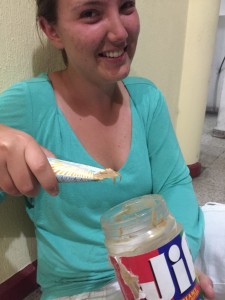 We learned that who you travel with makes all the difference as we supported, guided, and relied on one another. Throughout our journey we got a small but impactful taste of what it is like to make travel plans a reality. Overall this experience has empowered each of us to travel more, fearlessly embracing the unknown path. But don’t forget the peanut butter.
We learned that who you travel with makes all the difference as we supported, guided, and relied on one another. Throughout our journey we got a small but impactful taste of what it is like to make travel plans a reality. Overall this experience has empowered each of us to travel more, fearlessly embracing the unknown path. But don’t forget the peanut butter.
-Janet, Liana and Anna


